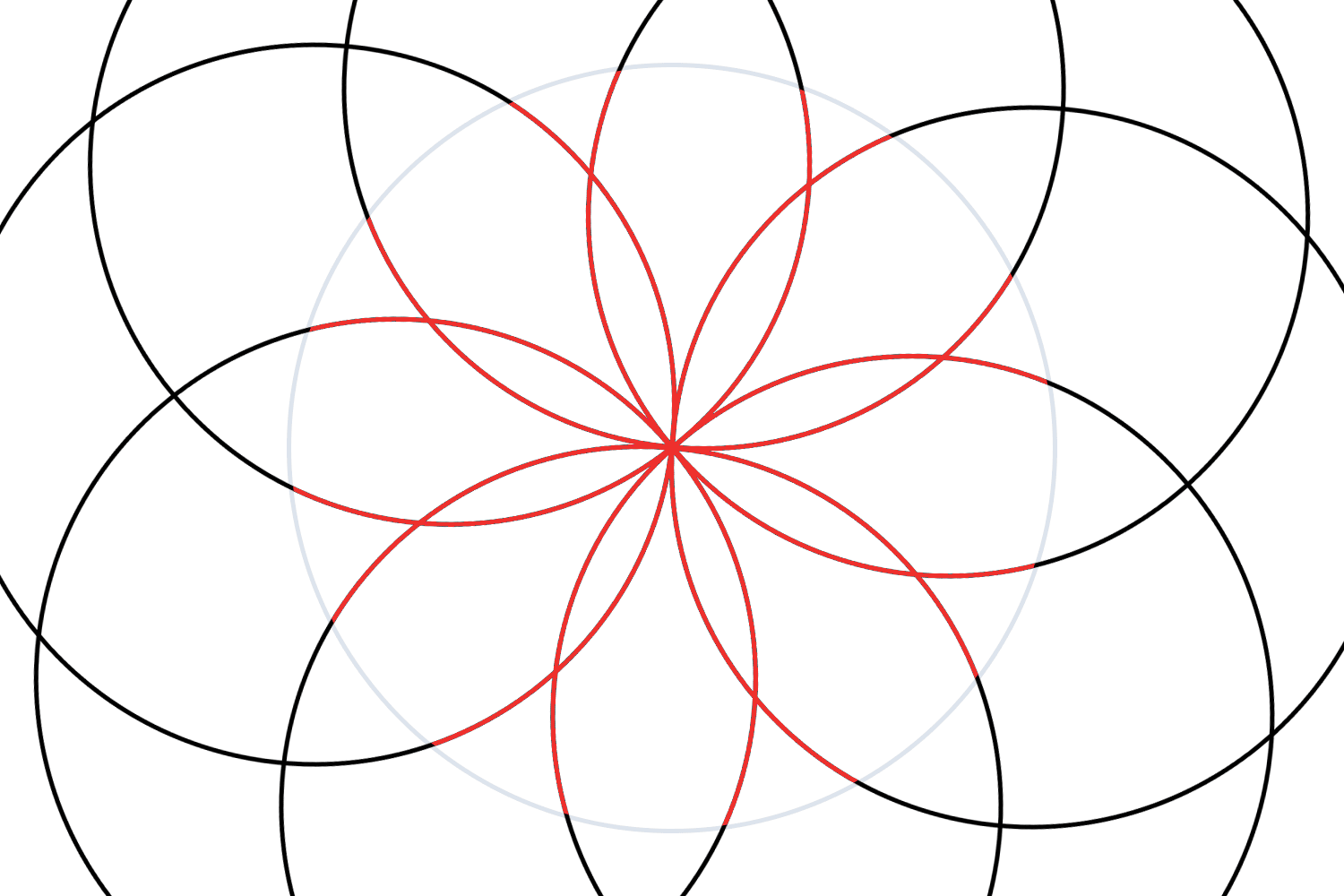How to Design for Community Through Online Cohorts
Three Ways to Prioritize Community Learning in Your Online Course

If the Internet’s proved anything, it’s that we won’t arrive at a definitive course, lecture, tutorial, or version of anything. But why? By the end of the day, there will be 271,000+ more hours of video on YouTube, 2-3 million more articles, and about 7.5 million new blog posts. And again tomorrow mountains of new content will pile up beyond what we could consume in a lifetime. It’ll never be enough, regardless of the topic.
Content has never been enough to help people learn. Sparking curiosity, lighting a motivational fire to pursue it, and supporting people as they put in the hard work is the essential and more difficult part to learning. Human connection is often the way to stoke that learning fire, even more than the most well-produced, premium content.
This is why cohort-based courses and community-centered learning are now taking the places of content-forward or video-based learning experiences.
With that in mind, here are three ways you can grow a community of learners in your Path (or online courses, to use a more common term).
1. Eliminate Distraction through Streamlined Design
Creating a focused online environment for your learners will help them connect with the material and each other. There’s a host of factors you can’t fully control when it comes to managing attention, but there are a few practical steps you can take to eliminate distraction.
First, demonstrate to people that the learning environment has been specifically designed for them. At every step (whether in the kitchen, the gym, the museum or online), remind your learners why they’re learning that idea or skill in that moment. You can do this simply by including a few sentences (or every now and then a video) on why this particular topic matters and how it’s building to something greater.
This builds “connective tissue” within your learning experience (or Path) that makes the whole journey feel cohesive. In fact, that focus on small steps toward a greater whole is exactly why we use the word “Steps” within Pathwright.
An essential step in your learning experience design process should be to cut, cut, cut. Minimize distraction by saving extra content and loads of questions for the end of each segment of the learning journey. As the old adage goes, less is more. That’s never truer than when learning something new.
2. Make It Relational
The most essential way to eliminate distraction is to focus on community upfront. There’s a basic principle we use at Pathwright: “Show your face; say your name.” Front loading connection and community alleviates a traditional focus on content. You can do this by including simple, homemade (read “iPhone made”) videos at the beginning of your course. We’ve found that even a self-made, one-minute video can increase engagement by 20%.
But what do you say in a video like that? Start by reassuring your learner that they are moving through a designed environment. And, specifically, an environment that has been designed by a human and not an algorithm. (Take a moment to consider how rare that is in your own online journeys.) This principle is reinforced by that “connective tissue” we discussed above.
You can, of course, amp this idea up to 11 through entirely community-based learning. Community-based or cohort-based Paths are a newer evolution of learning, emphasizing group learning and personal guidance rather than content.
In a cohort like this, a group of people with a common goal or destination move through a Path together, providing focus, social accountability, and unique perspectives to the learning experience through project or problem based learning. This method often requires a bit more time and planning (whether through in-person or virtual hangouts). But the impact on learning is significant.
3. Make It Move
A cohort moves together through the same path. Many community learning platforms have an entirely organic community structure with no progressive direction. But the majority of the responsibility is on the individual. Sadly, if you (the learner) want to make progress towards your goals, then you do that and tell us about it.
Community-based learning in a cohort is more like being on a sports team or belaying someone who’s rock climbing. Everyone is expected to show up, put in the work, kindly push one another to be their best and lend a hand when someone slips.
Again, this is best supported through project or problem based learning. Having your learners (whether the entire group or broken up into sub-groups) answer a question or build something together will strengthen community with your Path. Your learners, spurred on by you (the guide), will share a common goal, encourage each other through roadblocks, and will sharpen each other through insights they’ve gained individually.
Never forget that community engagement obeys the laws of motion. Unless something pushes on your community to keep going, it will eventually die out. Because of this, shift your mindset from “content curator” for a course to “community manager.” Community managers create moments, events, and discussions to grow and engage their communities. Plan accordingly to ensure your group doesn’t fizzle out. The effort will be worth it.
Conclusion
If you’re used to a content focused learning environment (whether through making or taking them), the above may sound like a monumental task. The beauty of community based learning, however, is that even a small community meeting for a moment can make a significant difference.
If you’d like to try any of the above, consider starting with just one meet-up among your learners. Then build to a month or month-and-a-half long community as you find what works.
Even applying one or two principles from above in your already content-focused learning experience could make a significant difference.
If you do try out one of the ideas above, let us know. We’d love to learn with you and from you.
Using Pathwright is dead simple and doesn’t cost a thing until you’re ready to launch a path.
Get startedTopics in this article
cohorts
community
cbcs
cohort-based courses
community learning
community-based online courses
learning experience design
interactive online learning
More in LX Design

